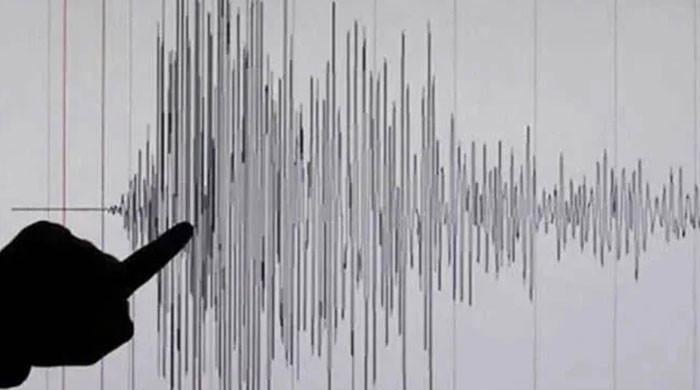Peshawar Experiences Mild Earthquake
On Wednesday, residents in Peshawar, the capital of Khyber Pakhtunkhwa, were startled by a minor earthquake registering 4.7 on the Richter Scale.
The Seismological Centre shared details, confirming that the earthquake’s tremors were felt in Peshawar. The source of the earthquake was traced to the Hindu Kush mountains in Afghanistan.
Officials reported that the earthquake occurred at a depth of 211 kilometers.
This event follows approximately one month after a 5.3-magnitude earthquake impacted Islamabad and various regions of KP, including Mardan, Swat, Nowshera, Swabi, and North Waziristan.
The prior earthquake’s origin was also identified in the Hindu Kush area of Afghanistan, at a depth of 230 kilometers, with coordinates recorded at latitude 36.63 N and longitude 71.13 E.
Prior to that occurrence, two additional earthquakes had struck KP, Azad Kashmir, Punjab, and areas within Afghanistan.
The initial earthquake, with a magnitude of 5.5, impacted numerous cities throughout northern Punjab, Khyber Pakhtunkhwa, along with the twin cities of Islamabad and Rawalpindi on April 12, occurring at a depth of 12 kilometers, as reported.
Several cities in Punjab, such as Attock and Chakwal, also noted tremors. Within KP, the effects were felt in cities such as Peshawar, Mardan, Mohmand, Swabi, Nowshera, Lakki Marwat, Lower Dir, Malakand, and Shabqadar.
Subsequently, on April 16, a 5.3-magnitude earthquake affected multiple areas of KP, Azad Jammu and Kashmir (AJK), Punjab, and regions of Afghanistan.
Earthquakes are a relatively common occurrence in Pakistan, attributed to the country’s location on the boundary of the Indian and Eurasian tectonic plates. A substantial portion of South Asia is seismically active due to the Indian plate’s northward movement into the Eurasian plate.
Recently, Karachi has been the focus due to a series of minor earthquakes, accumulating to roughly 30 tremors within a short period.
According to Chief Meteorologist Aamir Haider, these seismic events resulted from the activation of the Landhi Fault Line following decades of dormancy, as it undergoes a phase of normalization.



Comments (0)
No comments yet. Be the first to comment!
Leave a Comment